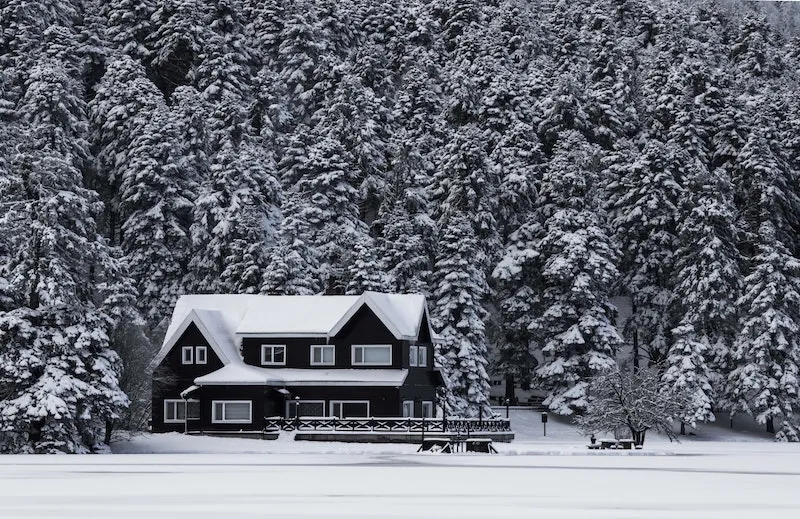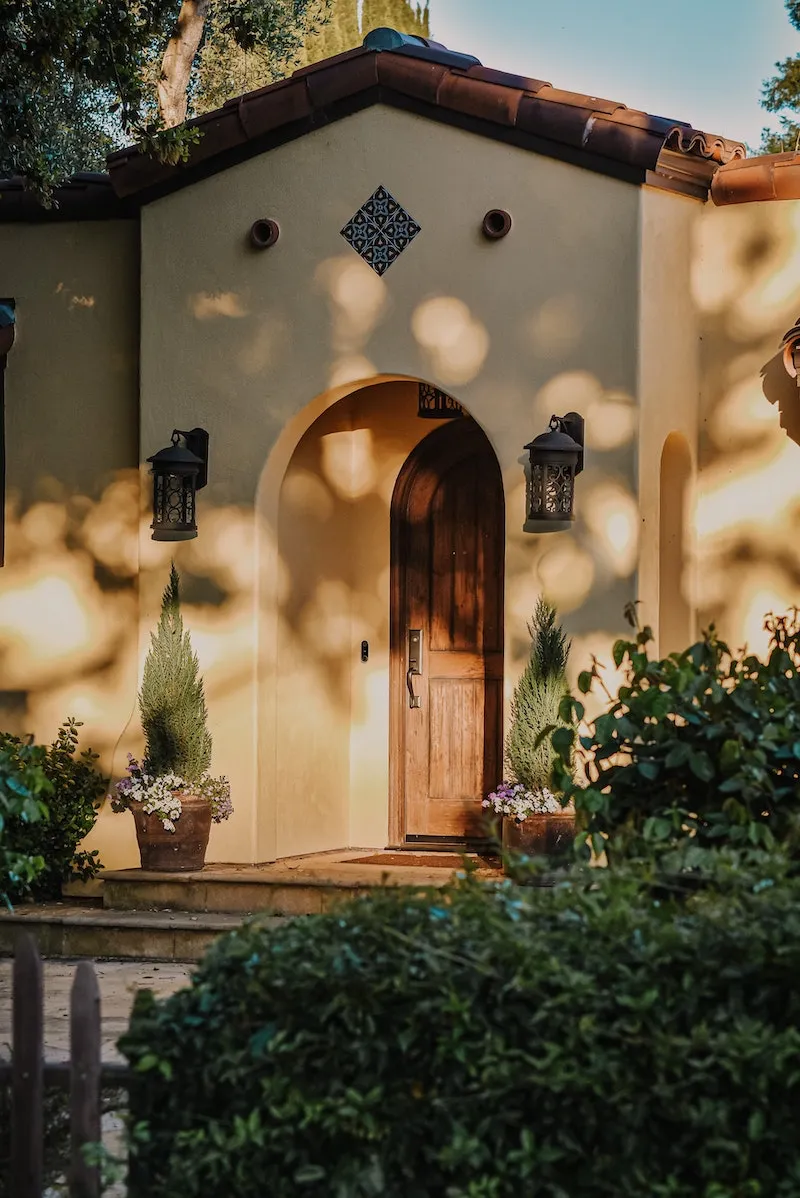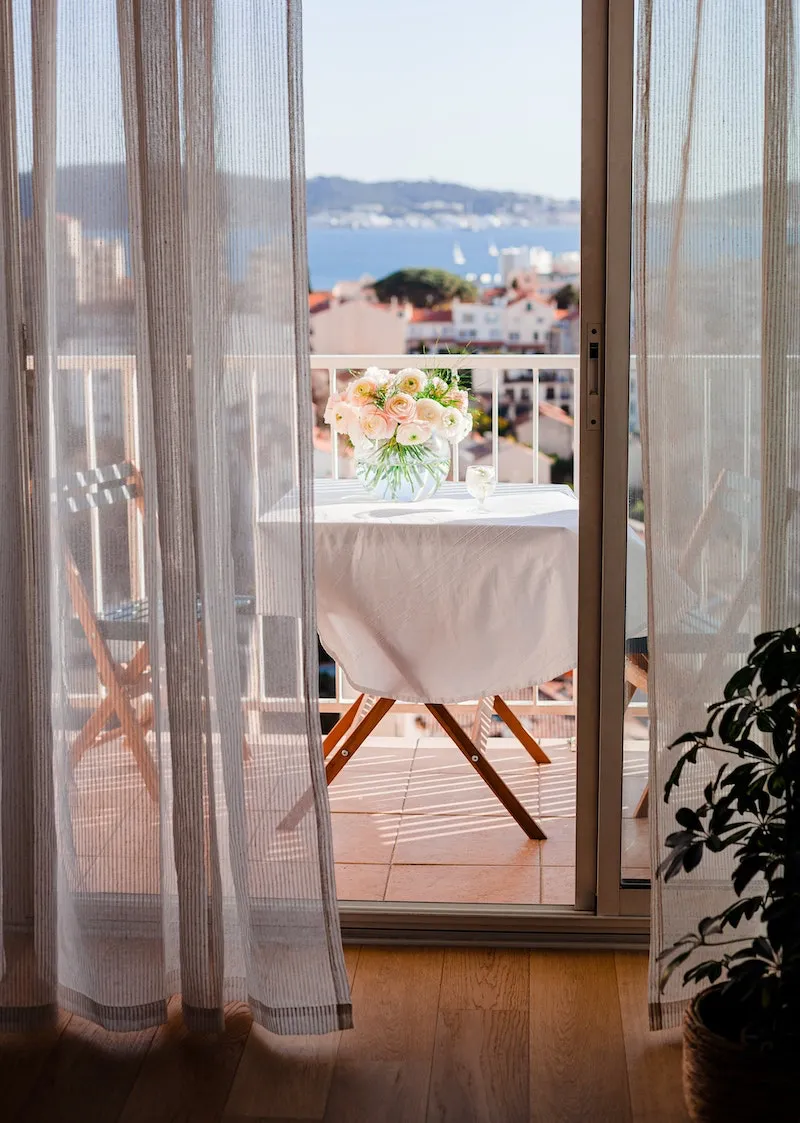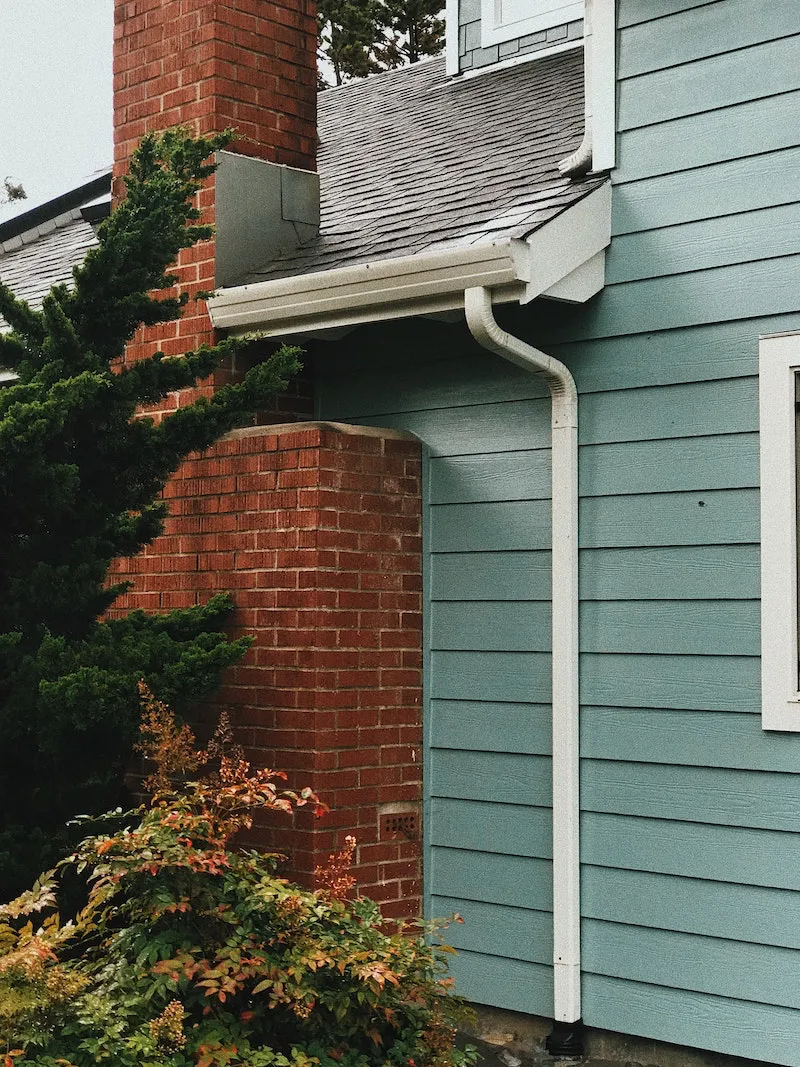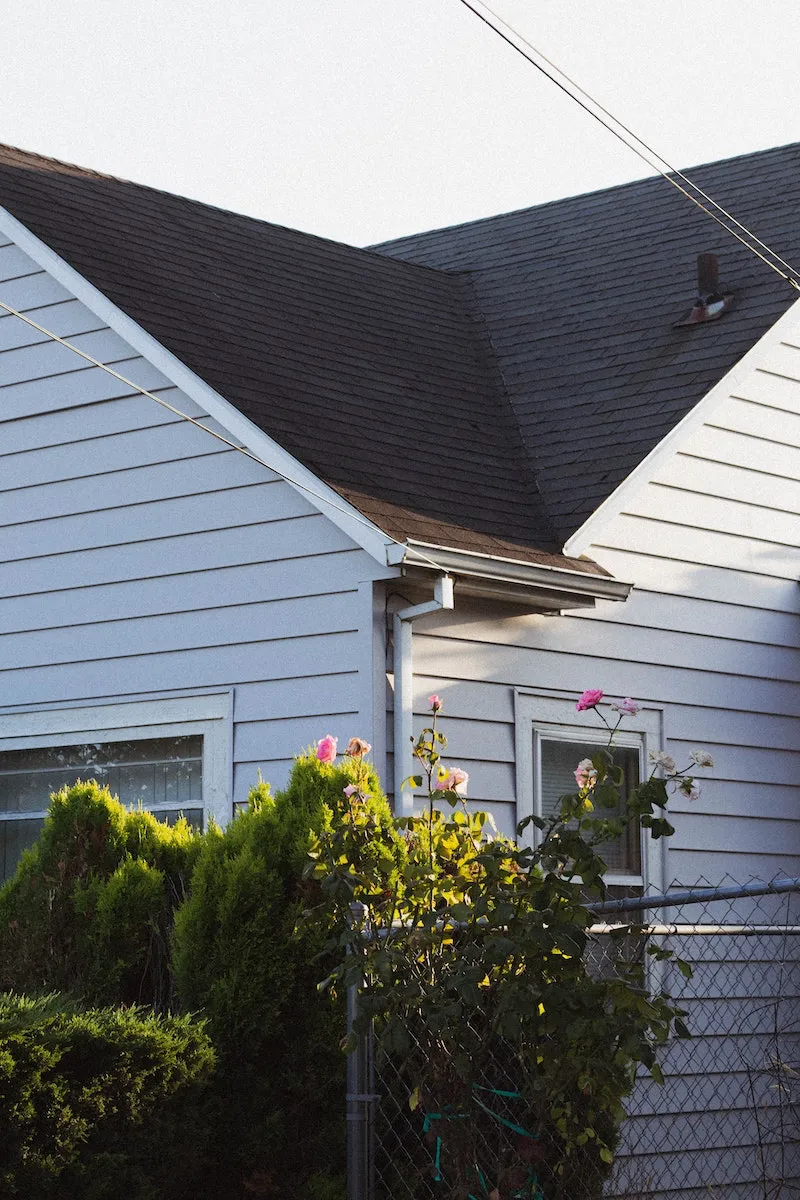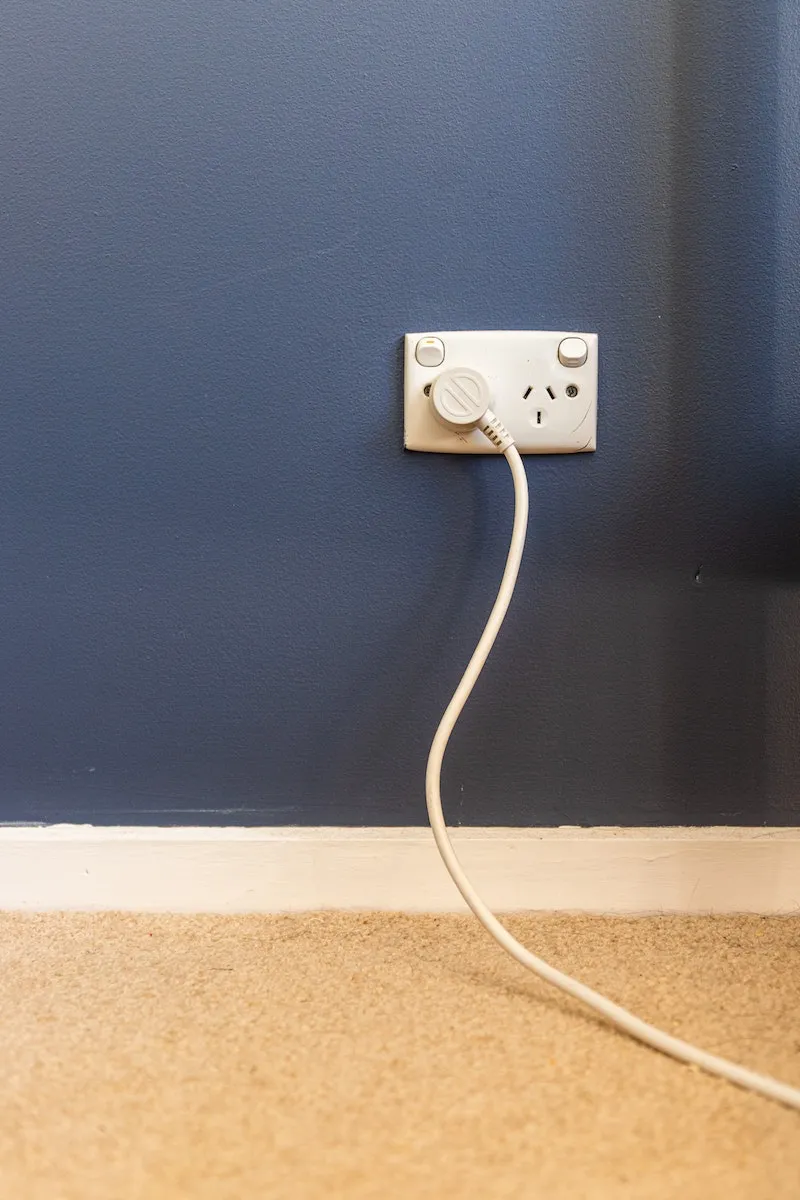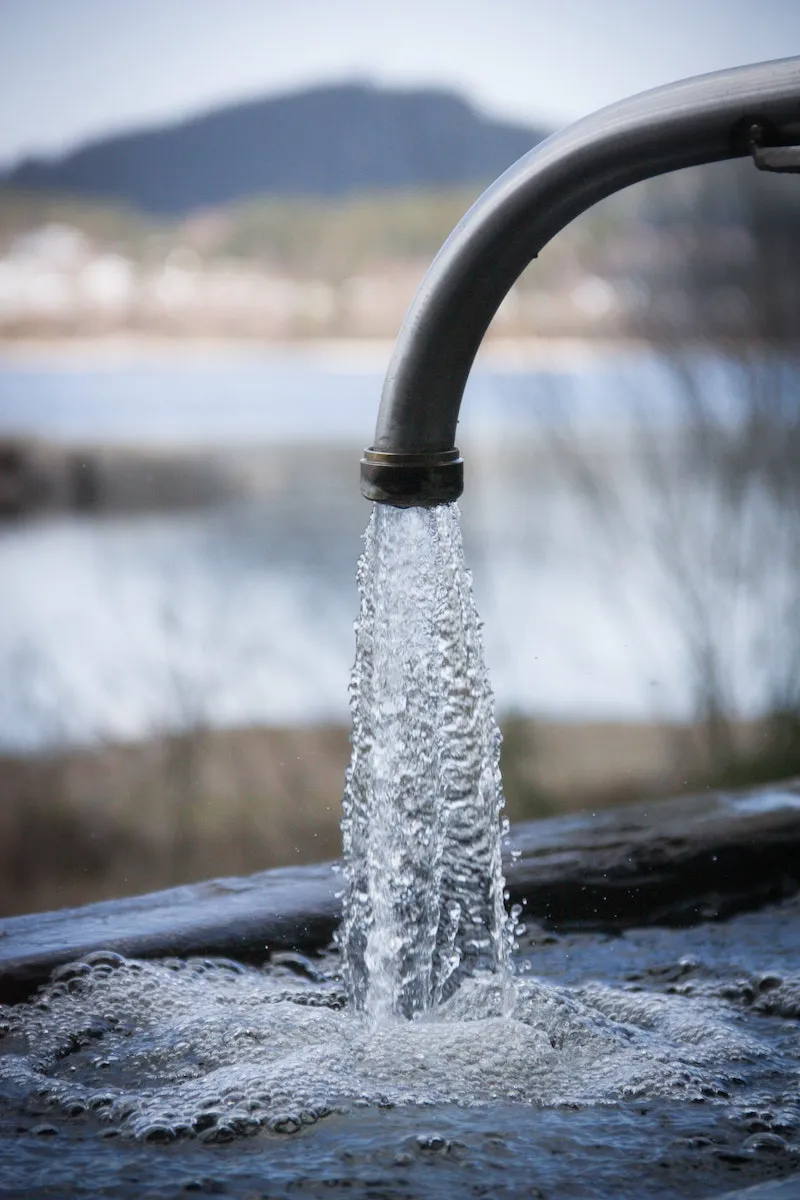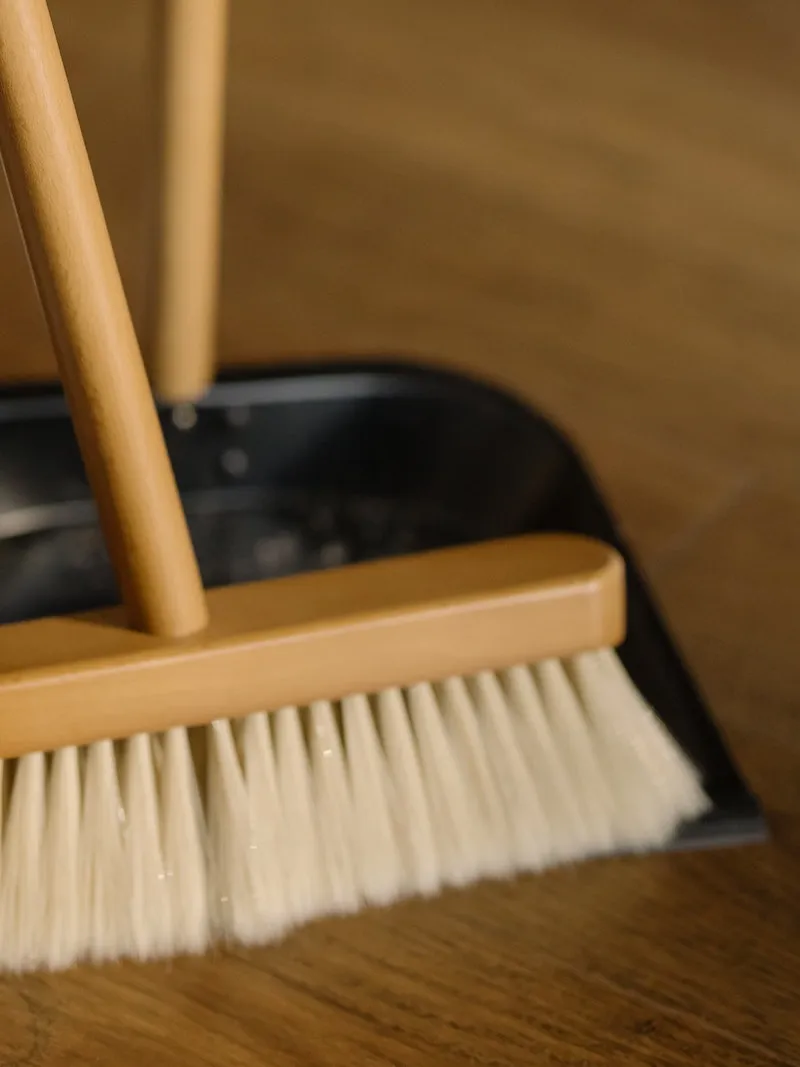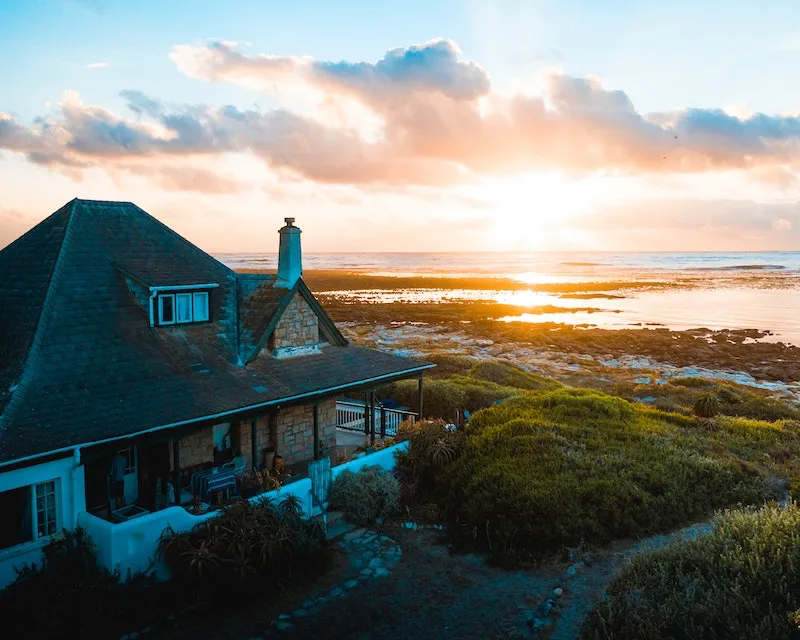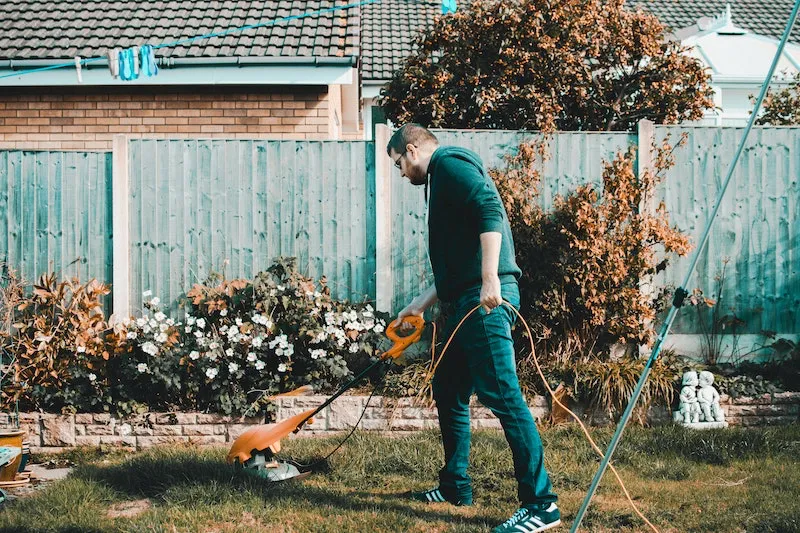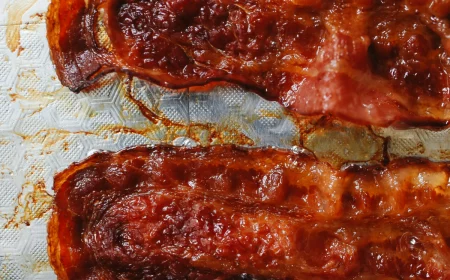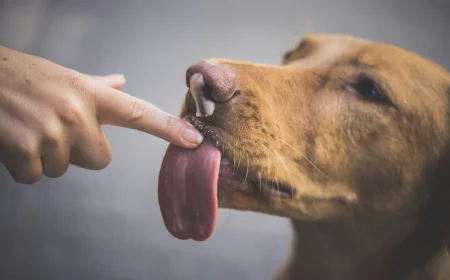How To Winterize Your Summer Home: Ultimate Checklist
It’s time to say goodbye to the warm, summer weather and hello to the cold, windy winter. Once winter comes around we usually retract into the city and leave the beautiful summer homes behind. However, before you pack up and leave, you first need to prepare the property to sit empty during this cold season. From losing roof shingles to pipes freezing, there is a ton of damage that can happen if you don’t winterize it. And nobody wants to come next summer to find their summer home in ruins or that you have to fix a bunch of stuff. That’s today we are going to remind you some of the most important things to do when it comes to how to winterize your summer home.
You first need to prepare the property to sit empty during this cold season
How To Winterize Your Summer Home
If you want to save yourself some thousands of dollars in damage, or at least not have to pay any utility bills on waster electricity and water, then it’s time to learn how to properly winterize your home.
It’s time to learn how to properly winterize your home
#Inspect
The best way to avoid any big or last minute repairs is to regularly evaluate the condition of your summer home. A couple of weeks before officially leaving the home, make sure to closely examine the property everywhere. If you notice anything, it’s best to handle it now as some repairs can become worse in cold temperatures.
Regularly evaluate the condition of your summer home
#Bring Everything Inside
Your beautiful outdoor furniture needs to be brought inside for the winter. Or if you can’t bring it inside, make sure to warp and cover it up with some waterproof tarps. Winter weather can cause furniture to mold and winter storms can even lift and dislodge sturdy outdoor furniture. So, whatever you can bring in – bring it in.
Your beautiful outdoor furniture needs to be brought inside for the winter
#Insulate
It’s important to not let the freezing outside temperatures inside. This means that it’s best to set your thermostat to at least 50 degrees F or 10 degrees C, so you can prevent freezing inside. This also helps to prevent any mildew and mold forming. Check if all the insulation is intact and seal any air leaks.
It’s important to not let the freezing outside temperatures inside
#Gutters
Yes, we know this one is quite annoying, but it really is a step you shouldn’t skip. Cleaning out your gutter is vital when it comes to seasonal maintenance. Clean gutters make sure that the melting ice, snow, and rain can freely flow away from your home and not drain into your walls and ceilings. You can also top off the gutter with screens. This will help to stop leaves, pine cones and other types of debris from filling it up while you are gone.
Cleaning out your gutter is vital when it comes to seasonal maintenance
#Check The Roof
Many people often forget to check the roof. Make sure to check if there are any raised shingles, as strong winds can lift them up and expose your roof to leaks. Also make sure no pests are searching for refuge and building a nest. And finally make sure to place a cap on your chimney to prevent animals from coming inside.
Many people often forget to check the roof
#Turn Off Everything
It’s best to turn off and unplug everything in the home. This means shutting down the gas line, so no gas will enter the home while you are away, reducing the risk of accidents. Also make sure to unplug all electronics and appliances. This means everything – computes, washing machine, dryers, charging devices, fridges and so on. It’s just not efficient to leave these things on, and it will only cost you more money.
It’s best to turn off and unplug everything in the home
#Drain The Water
This is a must! Make sure to turn off the water supply. After you have done that, go around the house and open up every faucet. Turn on the shower, skin and so on. Also make sure to drain any outdoor appliances, skins, and hoses. It’s also a good idea to flush the toilets a couple of times in order to empty out the bowl and tank. This way there is no water that can freeze.
Make sure to turn off the water supply
#Clean
Well, this is a simple one. Nobody wants to come back the next summer to find a messy and dirty home. That’s why it’s best to clean and to get all the places you usually forget as well. Clean the washing machine, the oven, and even the dishwasher. This way you will ensure you have minimal work to do once you get back and no problems will occur from leaving the summer home dirty. Oh, and don’t forget to take out the trash.
Nobody wants to come back the next summer to find a messy and dirty home
#Clear Out Food
Leaving food behind will only attract hungry rodents and pests, which will not only eat your food but can also cause damage to the electrical wiring. While you can leave some non-perishable foods or foods sealed in airtight containers, anything that has the potential of going bad should go in the trash. You don’t want to come back to find a fruit fly infestation and a horrid stench from the bananas you forgot.
Leaving food behind will only attract hungry rodents and pests
#Yard Protection
It’s important to also prepare your lawn for the winter and the garden if you have one. Winterizing your outdoor space will help make it easier to maintain during the next season and will help you to ensure you have healthy grass and good soil for the season to come.
It’s important to also prepare your lawn for the winter and the garden
This was how to properly winterize your summer home. We hope you found this article useful. Now you won’t have to worry about your summer home during this cold winter.
Let’s prepare for the cold, snowy winter
Sources:
- Vacasa ©
- Frankenmuth ©
- Bob Vila ©
- Frost King ©
- Lodgify ©
- Lloyd ©

